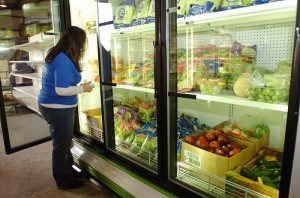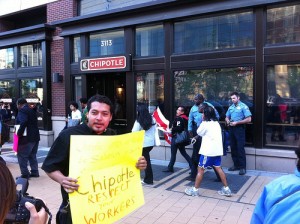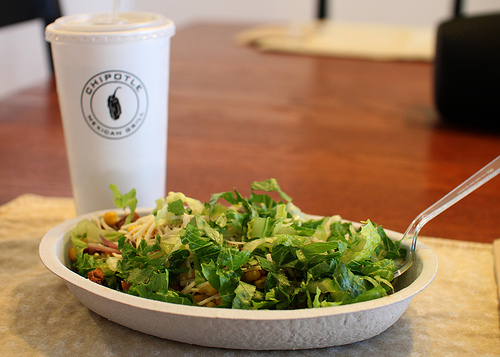Last week, Latino leaders from across the country gathered in D.C. for the No Mas Hambre – “No More Hunger” – conference to raise awareness about food insecurity in their community. Here are five ways hunger, which is defined as “physical, emotional and psychological distress arising from lack of access to adequate, nutritious food” affects this rapidly growing group of Americans:
1) More than a quarter of Latinos struggle with hunger — compared to 14.6 percent of the general population, according to Bread for the World, a D.C.-based non-profit that works to end hunger in America and abroad.
2) Latino children are more likely to go hungry than their peers. While one in four American children is hungry, “child hunger is even more prevalent among Latino households — one in three Latino children is food insecure”, according to Vicki Escarra, president of Feeding America, a non-profit working to help America’s hungry through a national network of food banks.
3) Nearly 60 percent of Hispanic families with young children receive food from a program called Women with Infants and Children (WIC), according to the National Hispanic Leadership agenda, a nonpartisan association of major Hispanic national organizations and leaders. WIC provides low-income women and their young children access to nutritious foods, education and other resources.
4) A third of Latino kids use emergency food service programs. The 2010 Hunger in America study conducted by Feeding America found that one out of every three Hispanic children received services from their national network of emergency food providers or food banks.
5) Almost half of all eligible Latinos do not receive food stamps, according to the National Council of La Raza, the largest national Latino civil rights and advocacy organization in the United States.That may be because applying for food stamps, formally called the Supplemental Nutrition Assistance Program, can be complicated, according to a brief from the Urban Institute; “it is possible that Hispanic families more often than others find SNAP inconvenient because they are more likely to be working, as many SNAP offices are open only during regular work hours”.













